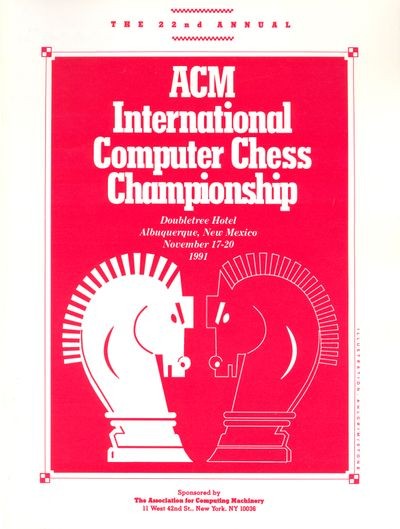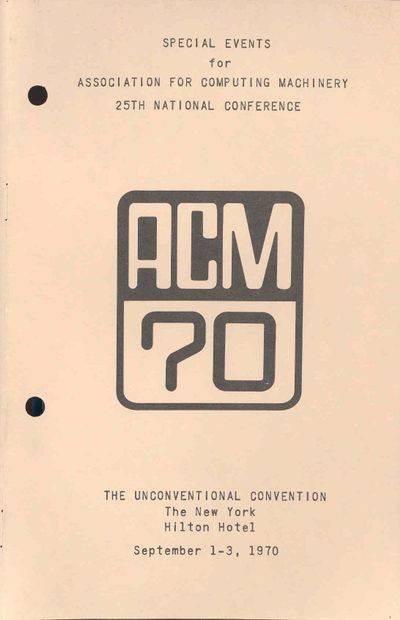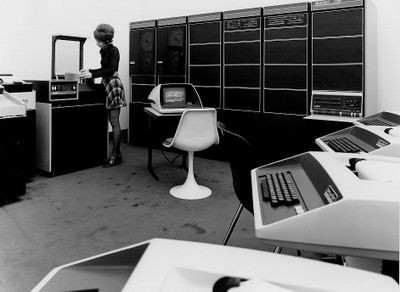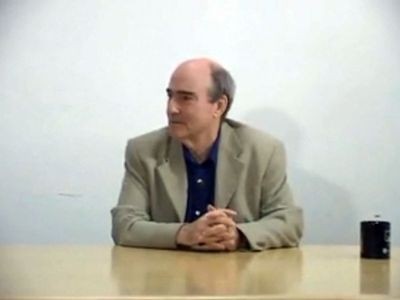Middle Game: Computer Chess Comes of Age
By the 1970s, computer science had firmly established itself as an independent discipline. Progress in computer chess, as in other computer science fields, came quickly as a community of researchers developed and shared new techniques and programs. This open environment produced many improvements in chess programming including more efficient search strategies and complex analyses of chess positions.
At the same time, computers were doubling in speed about every two years. A turning point occurred. Early computer pioneers had hoped to program computers to play chess much like humans do, by relying primarily on chess heuristics (rules of thumb) to choose the best moves. This new generation of chess machines used heuristics, but also made other software improvements and used faster and more specialized hardware so that they could conduct much deeper searches of game trees involving millions of chess positions—something no human could do.
The introduction of computer chess tournaments created a friendly but competitive atmosphere for programmers to demonstrate and test their programs. The first all-computer chess tournament was held at the Association for Computing Machinery’s (ACM) annual convention in 1970. By the end of the decade many of the top programs could play "Expert" chess at the USCF 2000 level.







